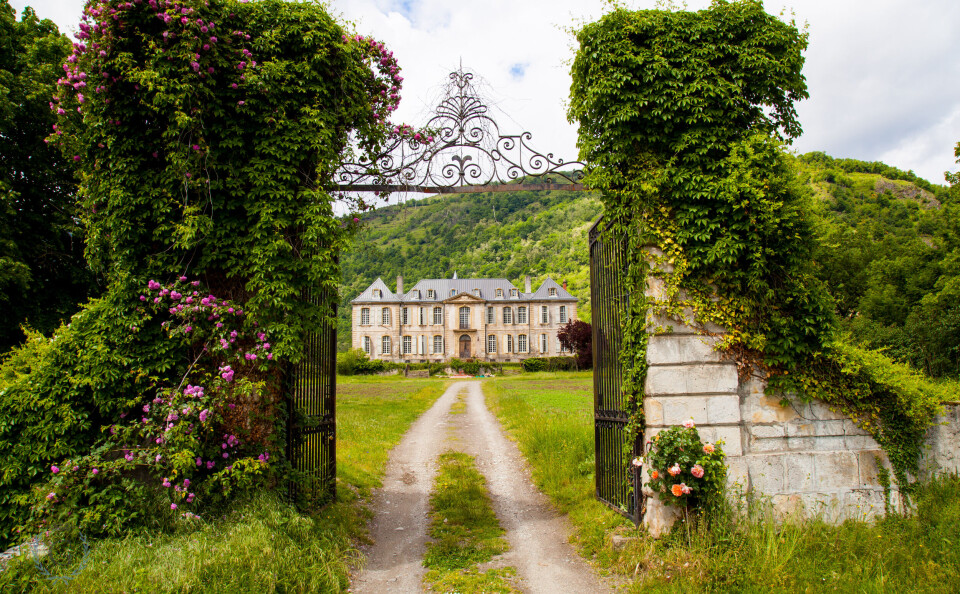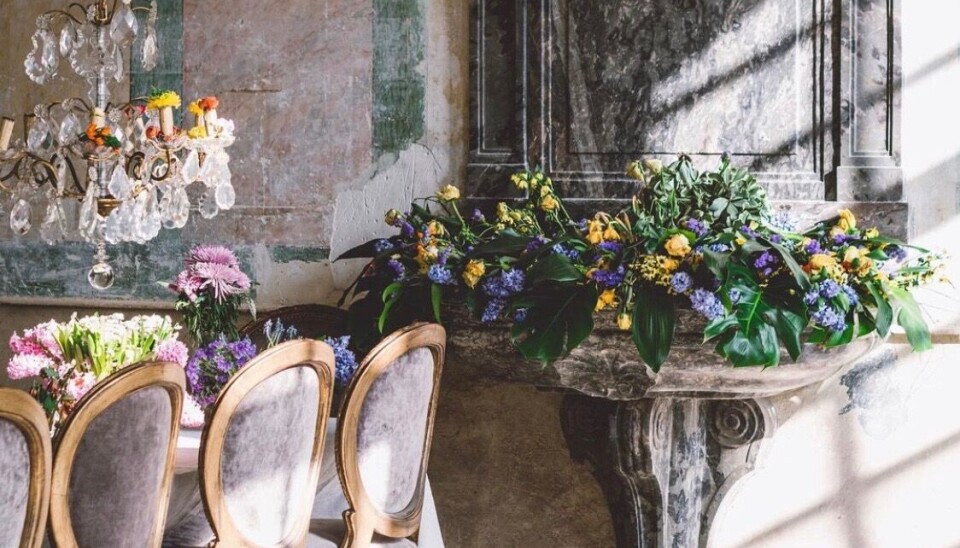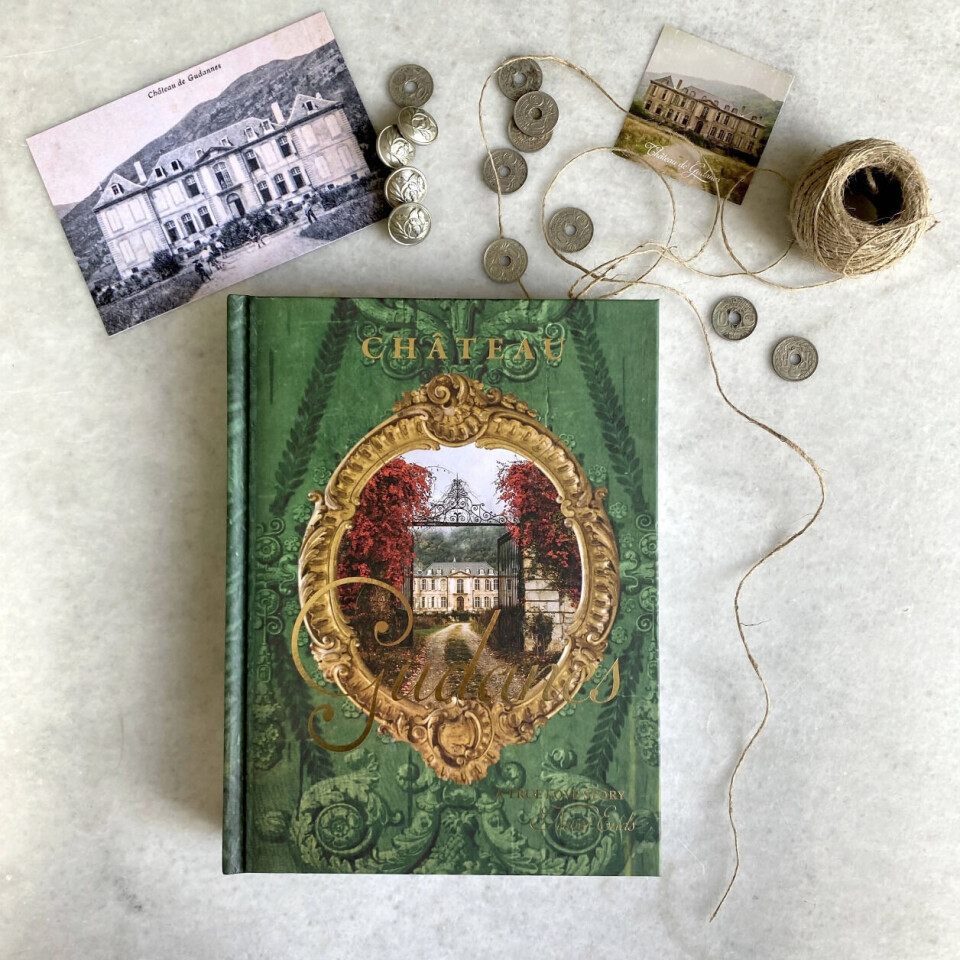-
The Paris region has one of France’s ‘most beautiful’ villages
It is an official ‘plus beau village de France’
-
‘Breton Hogwarts’ chateau rebrands after Warner Bros warning dropped
Owner says name changed for marketing reasons
-
Photos: €4 million French chateau sells for... €2 million at auction
American couple sold historic property near Cannes due to job change. It needs renovation work
PHOTOS: 'We wanted a small bolthole but bought a ruined French chateau'
Australian couple say they have no regrets over their impulse purchase

We have all made the odd impulse purchase – a new pair of shoes or a bag we just could not resist. Not many of us, though, can claim to have bought a tumbledown chateau that way.
Yet this is exactly what happened to Karina and Craig Waters, who travelled to France from Australia in 2013 with thoughts of buying a small bolthole from which to explore the country during holidays.

‘Naive’ but no regrets
“What happened next is a mystery even to us,” says Karina. “We were looking for a little place, then Craig saw the chateau on the internet.
“By the time we had driven through the huge valleys and arrived at the building, we were head over heels. Looking back, it was more naivety than anything else, but I am so glad we did.”
The 18th Century Château de Gudanes in Château-Verdun, in the Ariège, south west France, was an enormous undertaking.
It was classified as a ruin and listed as a class one historic building.
‘It was a mess’
The couple declined to say how much they paid for it but the roof had collapsed, taking out five storeys in places.
“I do not think anything can prepare you for stepping inside a ruined chateau,” says Karina.
“You are looking at eight-metre beams, half fallen down. There were mounds of debris on the ground floor.”
The 12 acres of land that accompanied the building were also neglected.
“It was a mess of stinging nettles and thorns,” she says.
Restoring a historic monument
While initially the couple hoped to restore the chateau over a number of years and use it as a family home, their plans evolved as they grappled with the enormousness of the project.
“We fell in love with the building as a historic monument,” says Karina. “We want to save it for future generations.”

They employed a bilingual project manager to help them with their lack of French and to navigate the system.
Then, working with an approved team from the Centre des Monuments Nationaux, the couple started renovation in December 2013.
‘You need proper artisans’
“They removed debris, demolished what could not be saved, then restored the floors and roofs,” says Karina.
“We are still using building teams. We have done some of the work ourselves, but when you are putting 600m² of flooring down, you need proper artisans.
“Craig, a doctor, spends most of his time in Australia working so we can pay for it all.”
The restoration began as a private project but everything changed in 2014 when the chateau became an internet hit.
“It all started with a blog I wrote about our experiences, which was shared by many, including the San Francisco Times,” says Karina.
“Then social media just exploded. A neighbour in Australia suggested Instagram.”
Social media followers wanted to visit
The chateau has since acquired 380,000 followers on Instagram and 408,000 on Facebook.
Realising the level of interest and support their project had attracted, the couple decided in 2018 to open up habitable areas of the chateau for those wanting to stay.
“People kept asking if they could come and visit, so we began offering three- to seven-night packages and workshop experiences,” says Karina.

“I also wrote a book about the chateau called Château de Gudanes: A True Love Story Never Ends, which we published in October 2018.
“We have sold nearly over 10,000 copies. The money goes towards ongoing works.”
Long-distance family business
With social media and organising bookings taking up considerable time, Karina and Craig were joined in 2016 by their daughter, who has a master’s in palaeoanthropology and historical preservation and speaks fluent French.
“She works from Australia and manages everything from there,” says Karina. “Our son has also been very involved. Both have regularly stayed at the chateau over the years.”
‘A wonderful way to live’
The couple might have gone into the project naively, but they have quickly adapted.
Both are looking to spend more time at the chateau in future.
Karina, who was deported in 2018 for overstaying her tourist visa, now has a carte de séjour and Craig has decided to retire from work and apply for a longer visa.
It might not be ‘forever’ as he loves the Australian lifestyle, but certainly more permanent than before.
“I think of our lives as BC and AC (‘Before Chateau’ and ‘After Chateau’),” says Karina.
“The project gives us fulfilment and the building has never lost its charm. It is a beautiful, different and wonderful way to live.”
Related articles
From a rented caravan in UK to buying entire French hamlet for €26,000
The Londoners who ‘fell into the trap’ of buying a big French property
Odd guests and bad reviews - eight tips to running a B&B in France
























